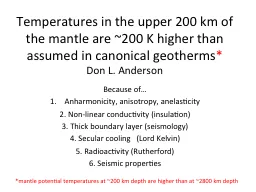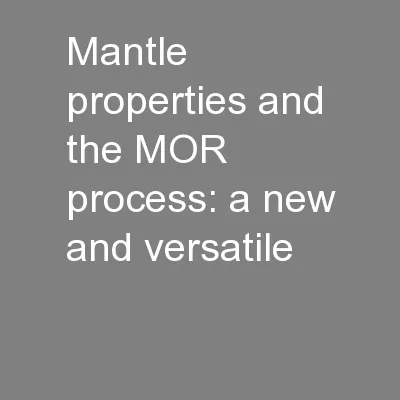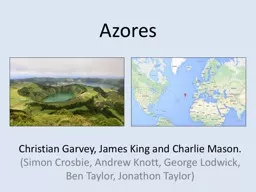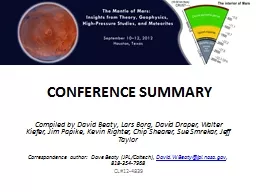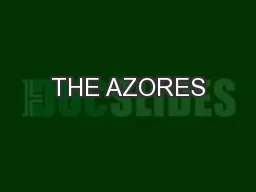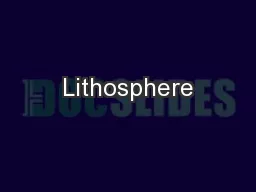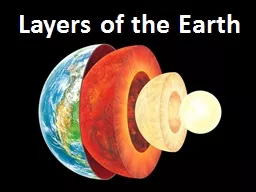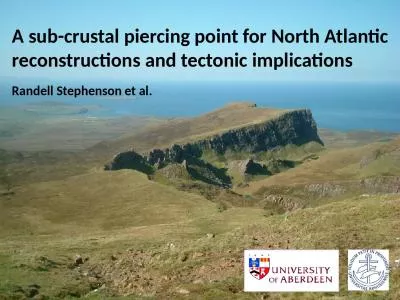PPT-Temperatures in the upper 200 km of the mantle are ~200 K h
Author : yoshiko-marsland | Published Date : 2016-05-27
geotherms Don L Anderson Because of Anharmonicity anisotropy anelasticity 2 Nonlinear conductivity insulation 3 Thick boundary layer seismology 4 Secular
Presentation Embed Code
Download Presentation
Download Presentation The PPT/PDF document "Temperatures in the upper 200 km of the ..." is the property of its rightful owner. Permission is granted to download and print the materials on this website for personal, non-commercial use only, and to display it on your personal computer provided you do not modify the materials and that you retain all copyright notices contained in the materials. By downloading content from our website, you accept the terms of this agreement.
Temperatures in the upper 200 km of the mantle are ~200 K h: Transcript
Download Rules Of Document
"Temperatures in the upper 200 km of the mantle are ~200 K h"The content belongs to its owner. You may download and print it for personal use, without modification, and keep all copyright notices. By downloading, you agree to these terms.
Related Documents

